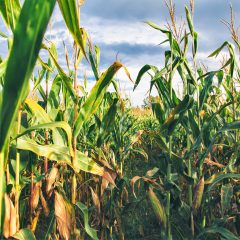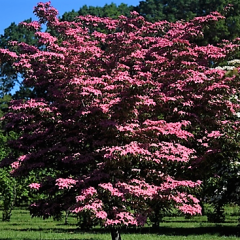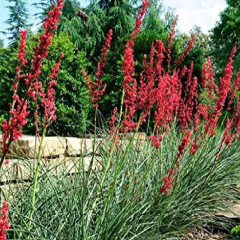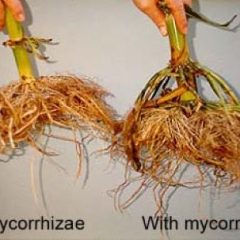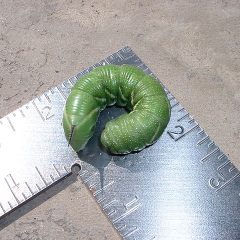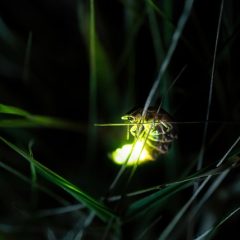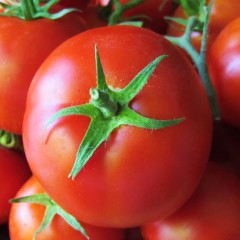Corn In Our Home
By David Wall, Mount Pleasant Master Gardener In 1493, Christopher Columbus returned to Europe with a handful of revelations and a pocket full of corn seeds. He knew little about corn, but felt the product was delicious. He also recognized that if farmed, it could feed a lot of people. Unfortunately, he didn’t take back the knowledge of HOW to farm it! Basically, it was misunderstood and not used well in Europe for a few hundred more...
A Scarlet Fire Dogwood Is Ideal For Small Spaces
By David Wall, Mount Pleasant Master Gardener Scarlet Fire Dogwood (Photo: Arbor Day Foundation) Horticulturists are always trying to find something better with regard to plants of all types. Sometimes a “new” variety can be developed in just a few years, but others take much longer. Such an example is the Scarlet Fire Kousa Dogwood (Cornus kousa ‘Rutpink’), which took Rutgers University 45 years to develop. It first appeared in 2016,...
Consider a Red Yucca for your Flower Bed
By David Wall, Mount Pleasant Master Gardener Red Yucca (Hesperaloe parviflora) One often overlooked plant that works well in flower beds/gardens is a red yucca (Hesperaloe parviflora), also known as pink yucca, red-flowered yucca, soft-tip yucca or samadoque, coral yucca, hummingbird yucca, and false yucca. Regardless of the common name, red yucca is an herbaceous, shrubby, evergreen perennial succulent, which has 5-plus years if...
What About Mycorrhizae?
By David Wall, Mount Pleasant Master Gardener Quite often we hear about the benefits of mycorrhizae, but seldom do we get a good understanding of what they are, how they help, and how they do it. Basically mycorrhizae support nearly all vegetable plants, the exception being members of the brassica family (Cabbage, lettuce, etc.). Plant roots with and without mycorrhizae (Photo Credit: Universityof Nevada Reno Cooperative Extension)...
How To Identify And Getting Rid Of Tomato Hornworms
By David Wall, Mt. Pleasant Master Gardener Anyone who has grown tomatoes knows the dangers of the tomato hornworm (Manduca quinquemaculata). It is also known as tobacco hornworm with the only distinguishable difference between the two being the color of the horn, which resembles a stinger (black for tomato and red for tobacco). This caterpillar, which can grow to 3-4 inches virtually overnight. Tomato hornworm larva shown with scale...
Whatever Happened To The Lightning Bugs?
By David Wall, Mount Pleasant Master Gardener I’ve seen a few fireflies this summer, which brought back childhood memories of seeing them by the thousands on summer nights, and we could catch them in our cupped hands to watch them flash. Though they have the name fireflies, they’re actually beetles, which is why most of us call them lightning bugs (LB). Glowing firefly on grass (Pexels Photo by Flash Dantz) LBs have a...
Mitigating Heat Stress On Vegetables
By David Wall, Mt. Pleasant Master Gardener Most are aware that when daytime temperatures consistently reach mid-90s and nighttime temperatures consistently don’t get below mid-70s, tomato production basically stops. Pollen hardens and can’t be extracted. Tomatoes lose the ability to ripen by turning red. Unfortunately, heat stress begins as low as the mid-70s, but there are ways to mitigate it. tomatoes Most vegetables and trees...


